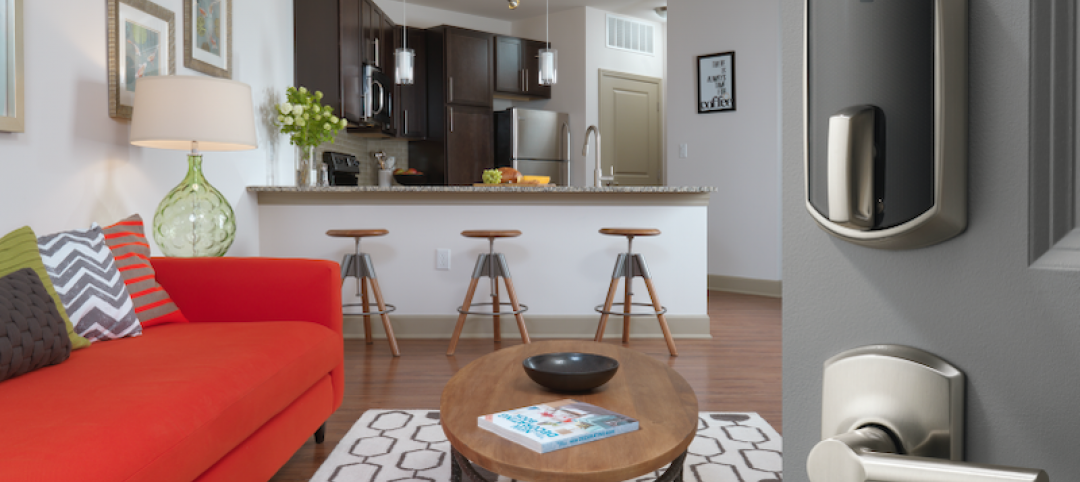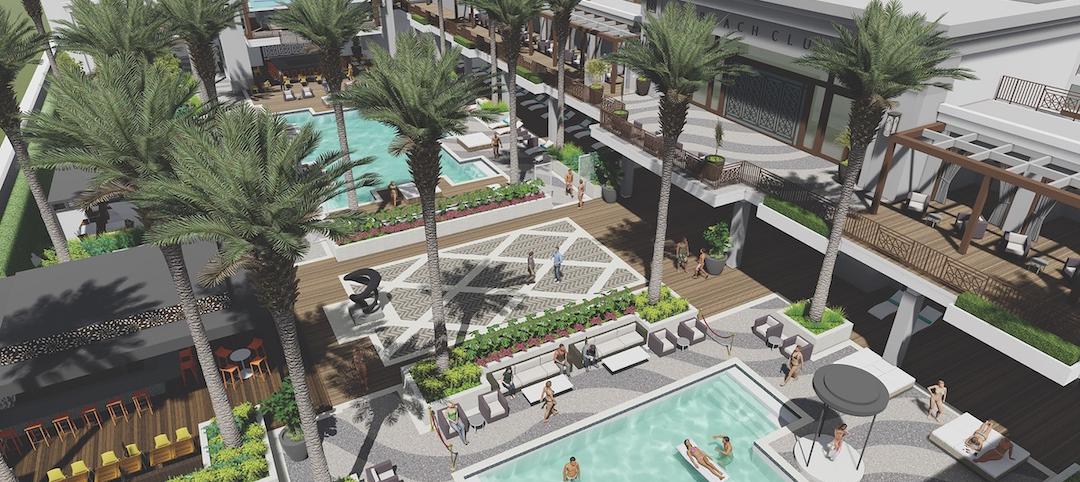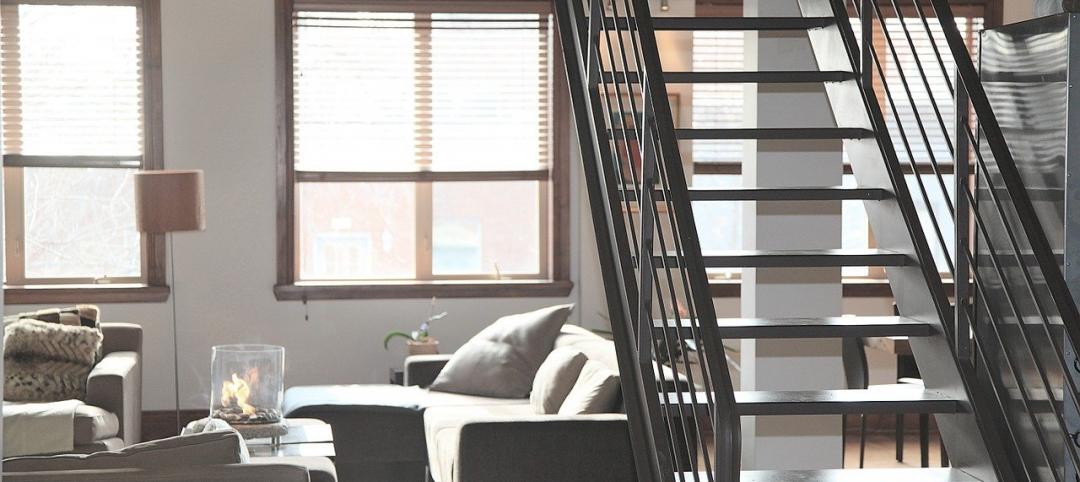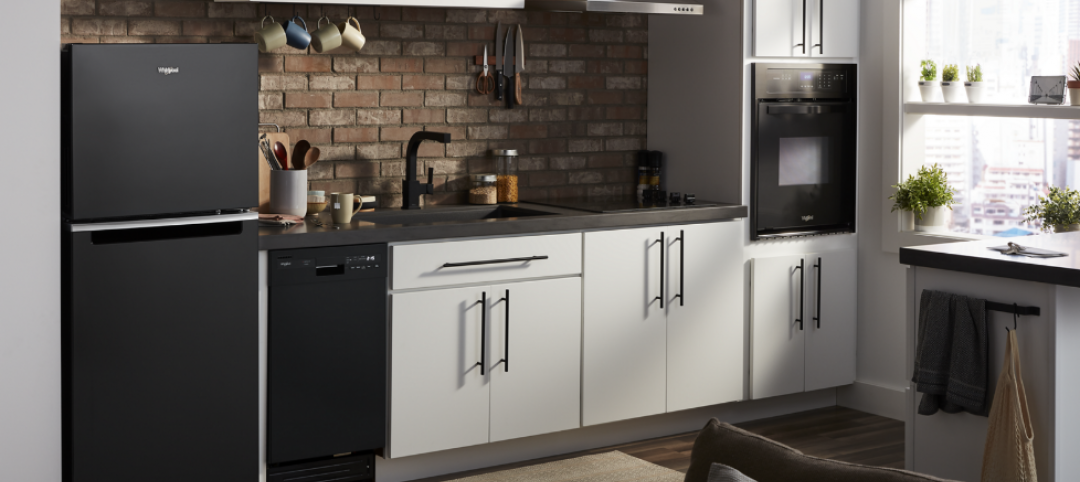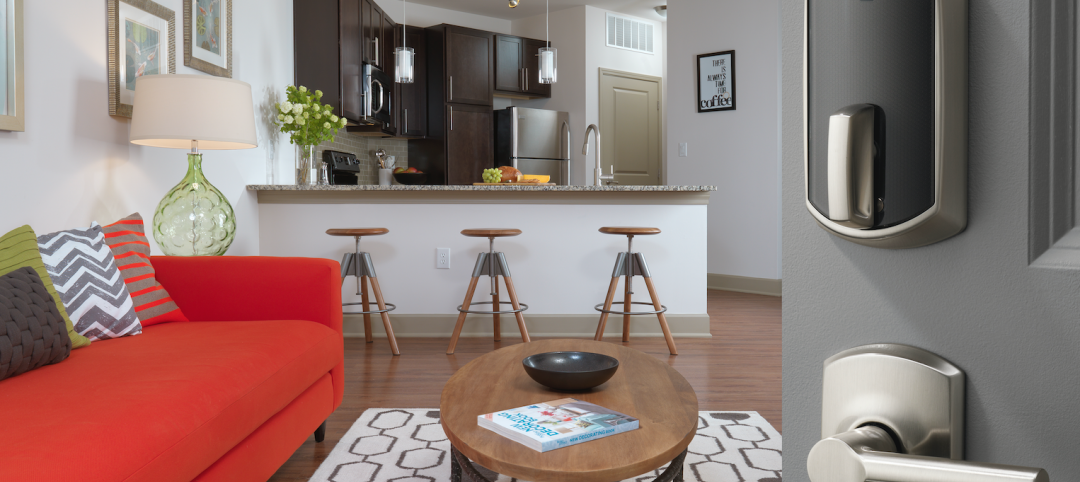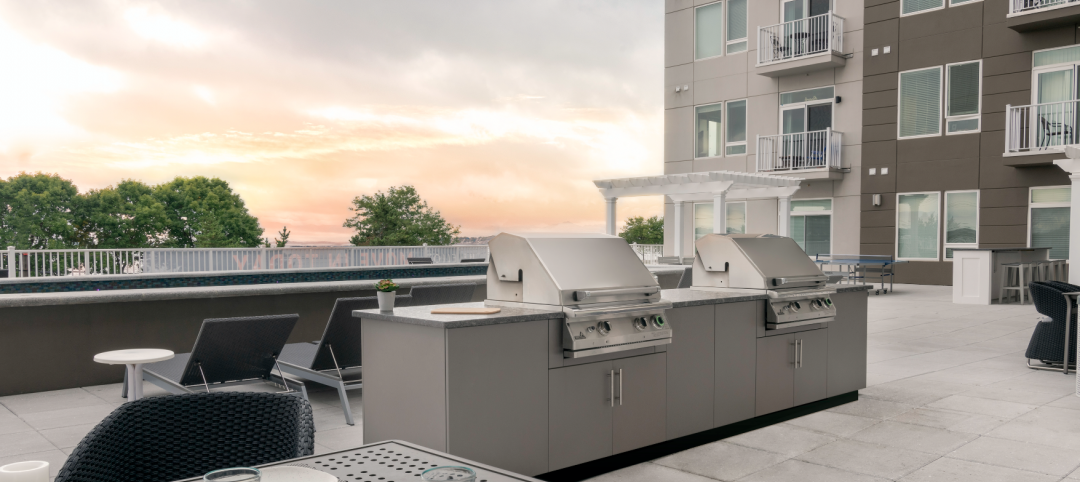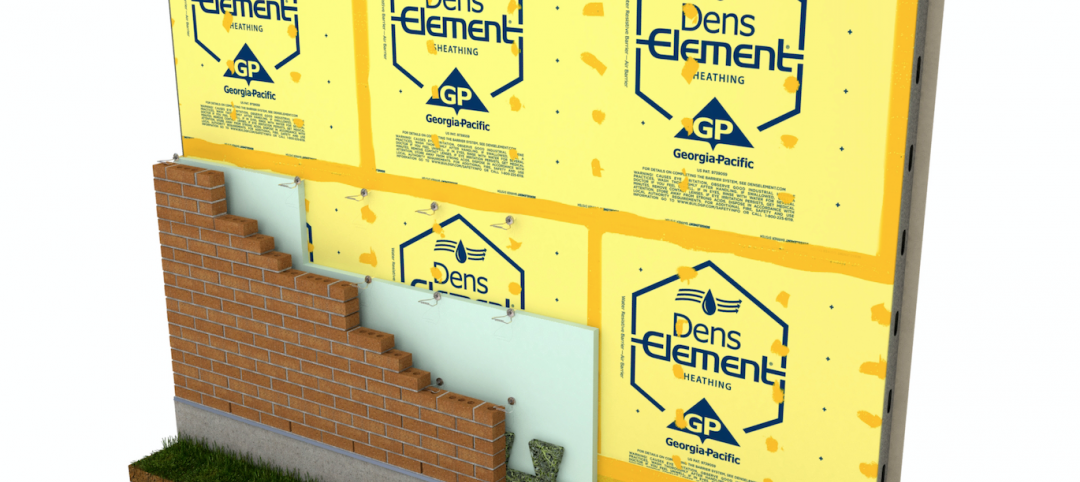Demand for multifamily housing is expected to remain strong in the foreseeable future. But multifamily construction, which has been well above “normal” levels, is likely to slow a bit, which could impact rental rates.
At the recent International Home Builders Show in Las Vegas, the National Association of Home Builders (NAHB) unveiled its latest projections for home starts and sales. The association’s members had just come off of a year in 2014, when single-family home sales jumped by 29.3% to 436,000 units, according to Census Bureau and National Association of Realtor estimates. Builders started a total of 993,000 homes in 2014, 6.7% more than the previous year.
Over the past few years, housing starts have fallen short of NAHB’s predictions about a housing recovery. Last year, single-family starts were just north of 638,000 units, or about 3% more than in 2013. But the association now thinks housing is poised to take off in 2015, and expects single-family starts to rise by 26% to 804,000 units.
NAHB is less gung-ho about multifamily construction, which “has been producing more units than in previous cycles,” observed David Crowe, the association’s chief economist. His forecast shows multifamily starts reaching 358,000 units in 2015, or only 1.7% more than last year. In 2016, the association expects multifamily starts to hit 361,000 units, or just 0.8% more than the starts in 2015.
Looked at another way, NAHB expects multifamily starts from the third quarter of 2014 through the end of 2016 to be 105% of “normal” production (“normal” being based on the average of quarterly production in the years 1995 through 2003). Over that same period of time, NAHB sees single-family starts going from 49% of normal production (which it remains convinced lies somewhere between 1.3 million and 1.4 million units) to 90%.
What remains to be seen is where the equilibrium between multifamily construction and demand finally settles. The vast majority of multifamily development is currently for rental properties. Despite low interest rates, and predictions that younger adults still want to own homes eventually, rental options remain attractive to a lot of people, particularly those who prefer to live nearer to urban centers.
But if construction slows, and rents escalate in response to scarcer availability, multifamily could reach a point of diminishing return that pushes renters into the buyer column quicker.
Related Stories
Multifamily Housing | Feb 12, 2020
4 products for your next multifamily project
These new products can help improve any new multifamily project.
Mixed-Use | Feb 7, 2020
Rising to the occasion
Roof deck entertainment spaces are popular amenities that present engineering and code complexities.
Multifamily Housing | Jan 31, 2020
Higher-income renters continue to drive what’s getting built and leased in the multifamily sector
Nearly half of all renters are “cost burdened,” according to the latest Joint Center for Housing Studies report.
Multifamily Housing | Jan 20, 2020
U.S. multifamily market posted solid gains in 2019
Rents grew 3% for the year, according to Yardi Matrix.


